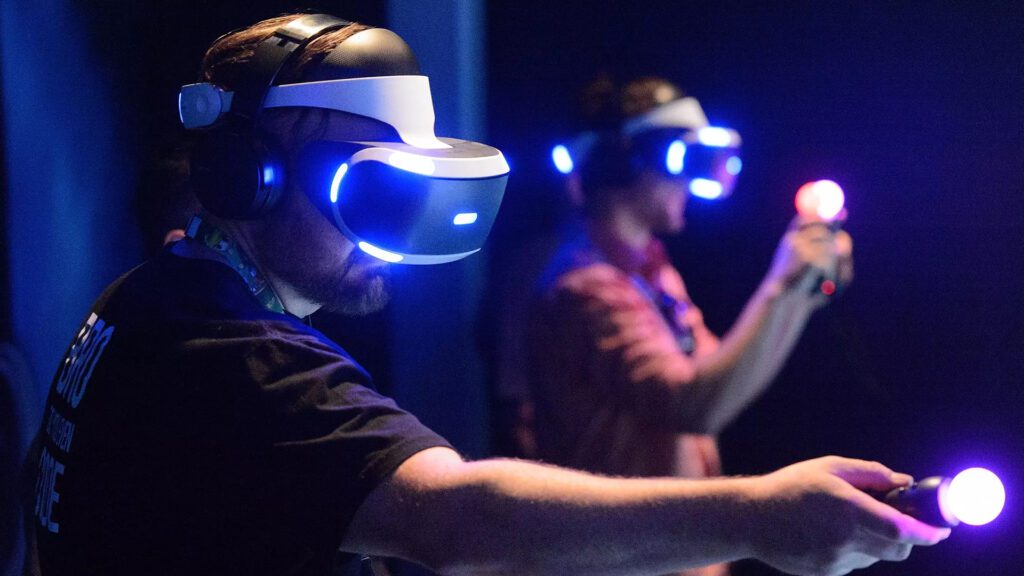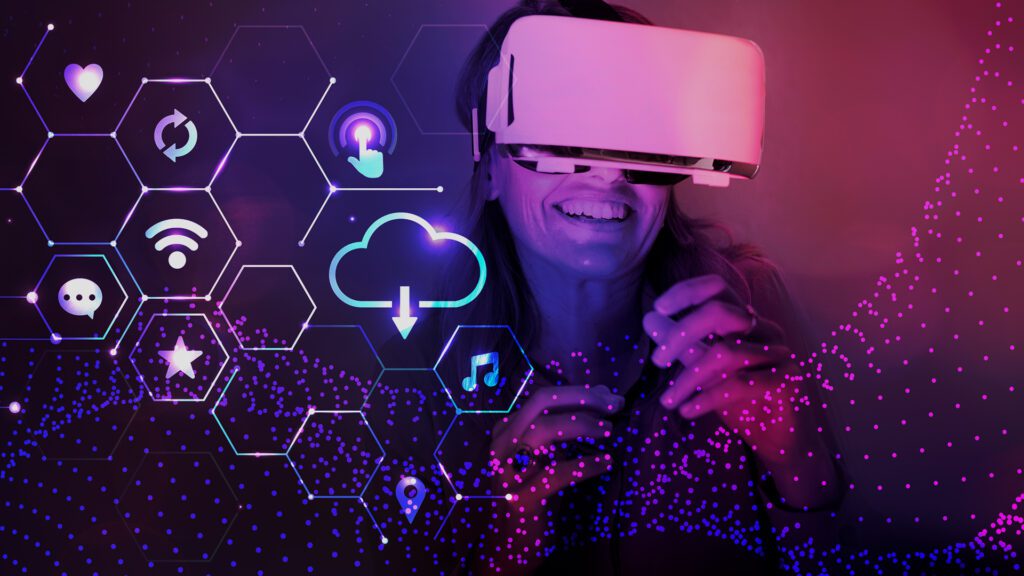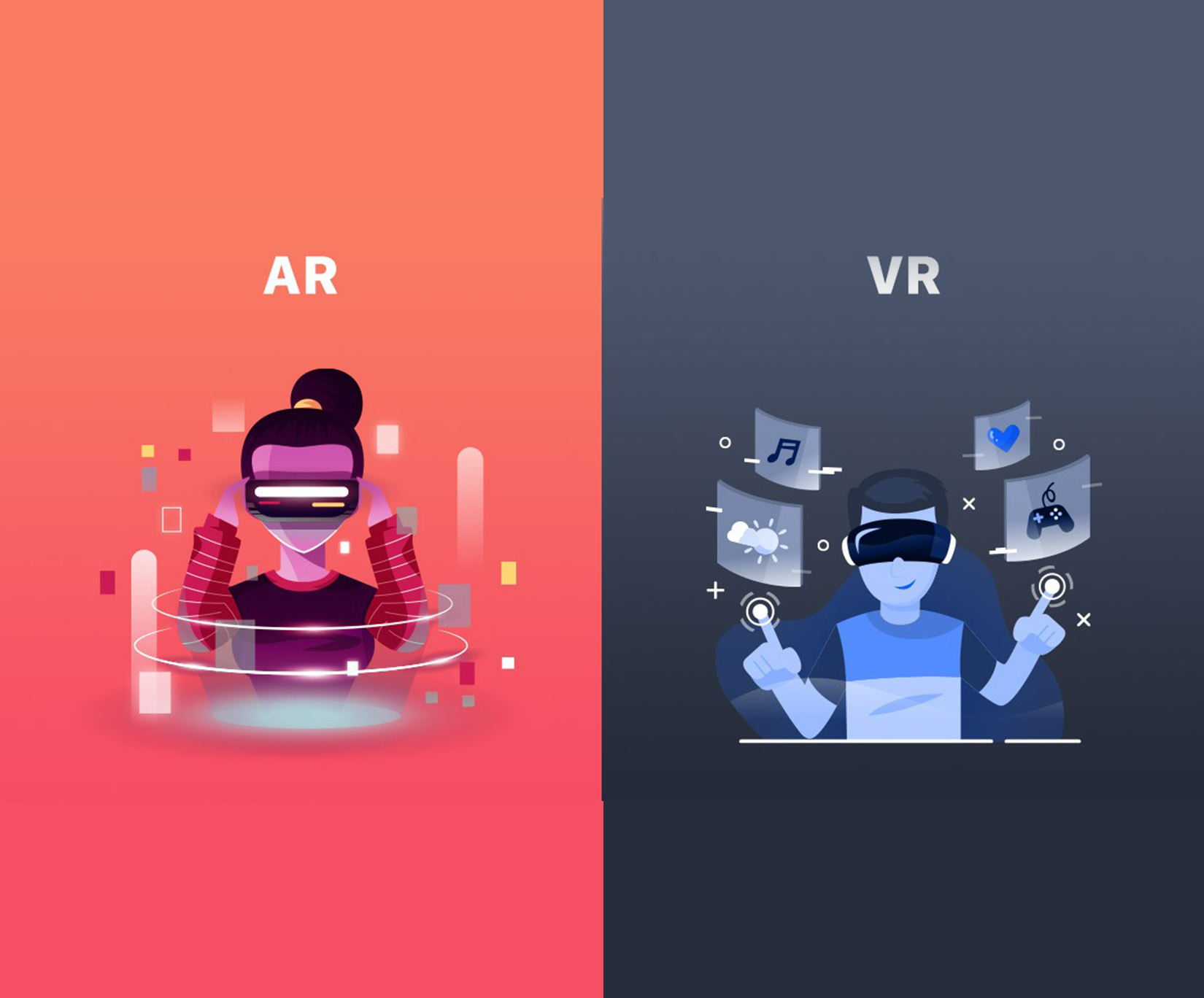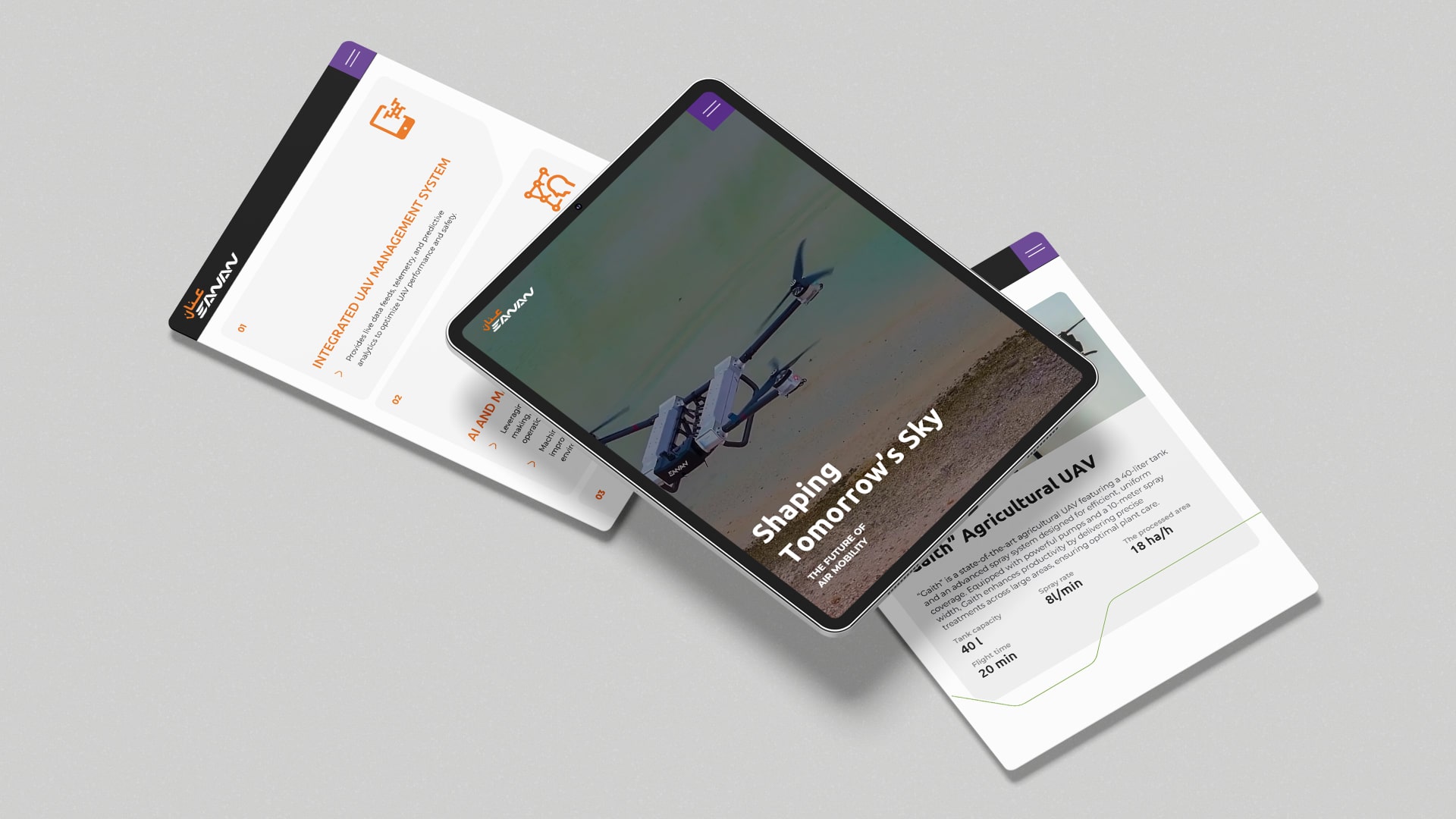The world is going beyond digital and the result is obvious day by day. The tech giant, Mark Zuckerberg is already all set to create a metaverse, a world of reality and digital immersion. According to him, we will be living in the metaverse by 2031. People depend on technology more than ever for their day-to-day activities as well as other purposes such as leisure and entertainment. Integration of digital technology in our day-to-day life is possible with recent technologies such as virtual reality, mixed reality and augmented reality.
All these technologies are allowing people to perform tasks and experience situations that would have been impossible because of any physical or cognitive limitation. A simplified, intuitive, visual world is the future of our lives. Here, we live and interact both in a digital world as well as in our real-time environment. The foremost similarity is both technologies use digital content in their way to improve the experience whether it’s a game or any other. The actual feel and immersion provided by both technology cannot be overlooked by the difference between AR and VR. In this blog, we will briefly see what is virtual reality and augmented reality and how they are different, let’s get started.

Virtual Reality
We are going to elucidate the difference between augmented reality and virtual reality. Before heading into the difference between AR and VR, what is virtual reality? It is a technology widely used in mobile as well as popular computing technology. games and entertainment. It is an immersive technology where the person is locked in a virtual world where they interact with digital objects in 3D representations. The adoption of virtual reality technology can be seen in different sectors from healthcare to entertainment. The outbreak of coronavirus also sped up the adoption into other realms.
Virtual reality is an immersive technology where it creates a virtual world separated from the real-time environment. It is like living in a virtual world with digital objects. This can be cited as VR and AR differences. To experience the virtual world in a compelling manner 3D visual and other sensory experiences are provided using VR-enabled devices—generally, body suits, headsets, gloves and goggles.
- It offers high immersion into another world of possibilities.
- It helps people learn things in a simplified manner in compelling yet intricate virtual environments.
- It can be applied to a wide range of individual senses and the capabilities of the user.
- It can be tailor-made to specific individual requirements as well as a wider range of environments.
The popularity and widespread adoption of virtual reality will increase in near future. For instance, Students from Sandwell College in West Bromwich used headsets to perform mock interviews. The AI software system looks like 3D avatars and it is revealed that students felt much more expressive in front of a computer representation instead of a human being.
Augmented Reality
Augmented reality on the other hand is all about immersion in the real-time environment as it integrates digital content and perception into our daily lives rather than creating a digital environment. Like virtual reality, it also uses a variety of AR-enabled interactive devices such as hardware, apps, software and goggles. The key difference between augmented reality and virtual reality is the type of experience it provides.
What are the major differences between augmented reality and virtual reality?
The difference between AR and VR is subtle as the components of technology overlay both.
- Virtual Reality is capable of creating realistic environments. The user gets immersed feeling in a virtual environment without realising he is living in an artificially tested environment.
- In VR, you have absolute control over the stimulus’s types, speed, number and order and nature. A safe and completely controlled surrounding environment can be useful for people with disabilities.
- VR is fully computer-generated and it’s purely virtual. It is fictional rather than reality.

Augmented Reality
- Augmented reality is capable of integrating digital content into real-world environments. Here, users got the digital perception to be used in the real-time environment to enhance their experience. For example, to preview an interior design.
- Another major difference between AR and VR, AR enable users to apply digital perceptions as they require and there is no completely controlled surrounding environment.
- AR layer objects into the real environment. It is not fictional and if you need it can also be applied to the virtual environment.
Conclusion
As we have seen, AR VR difference is subtle and both technologies have been widely used in various industries as well as sectors ranging from entertainment to health. Both have different applications and use digital perception to various degrees. It is revealed that AR uses less computer-generated content than virtual reality applications as it is only used to enhance the user’s real-time experience. So understanding the AR VR difference is the key to determining the best technology for your application or product.
Related Post
Publications, Insights & News from GTECH








